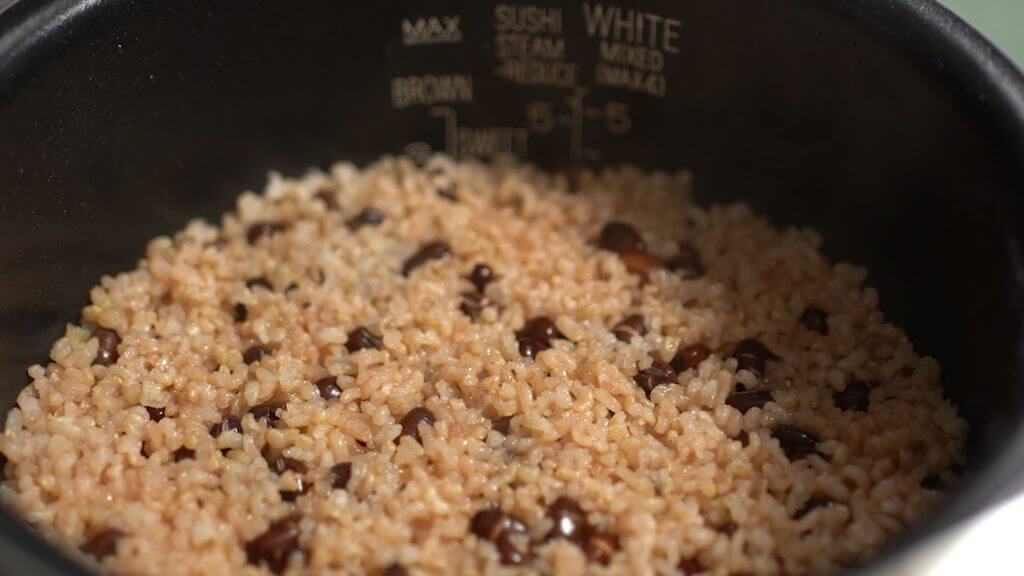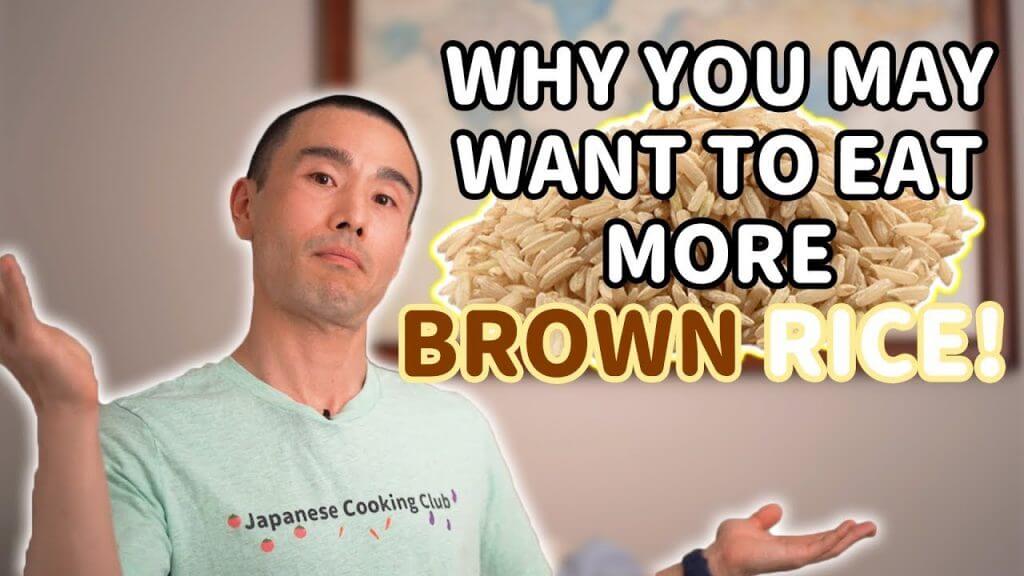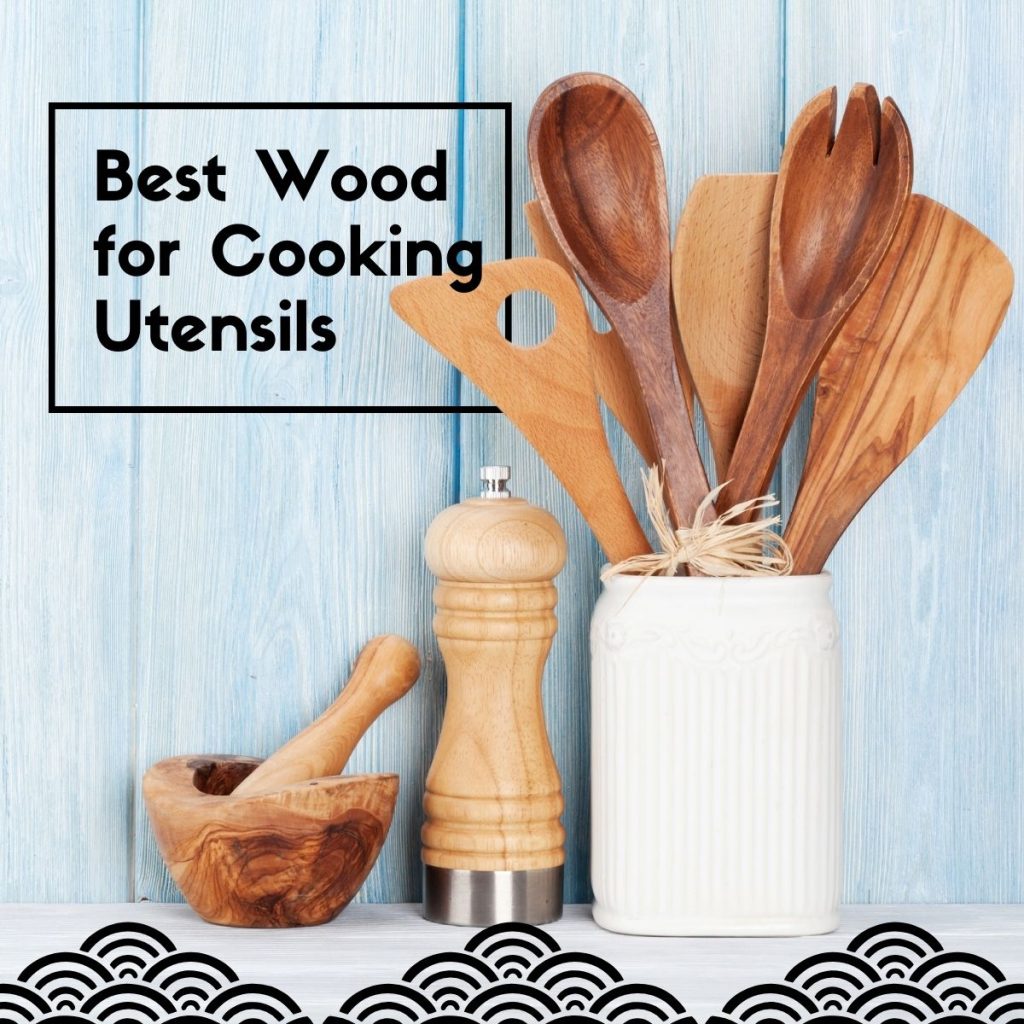Brown rice versus white rice. Which one is healthier?
Today, we’re going to be talking about five differences between brown rice and white rice so that you can know the answer to that question for good.

True or false — brown rice is a whole grain and white rice is not.
As you may know, whole grain contains three parts of the grain to make it a whole grain.
And that is going to be defined starting from the outside the bran, which is the outer shell of the grain. And you may have known what bran tastes or feels like, the texture of it if you’ve ever had bran muffins, which tend to be relatively hearty.
Whole grains are also composed of the germ. The germ is the little nutritious component that gives rise to brand new baby plants. The third component of a whole grain is going to be the endosperm, which contains most of the carbohydrates and the starches that are used by the baby plants to grow.
So if you answered true to the question, “Brown rice is a whole grain it contains all three components, the brand, the endosperm, as well as the germ making it a whole grain,” good for you.

Brown rice vs white rice
So, now you know white rice is basically the endosperm or the food that would have been used for the baby plants and is now food for you, if you’re eating white rice, that is.
Like stealing from a baby, literally.
Fun Fact:
In Japan, maybe a few hundred years ago from today, white rice actually used to be something reserved for the more wealthy. It was actually a status symbol, and only the wealthy people in Japan could afford it. And the farmers and the less-wealthy people were left with brown rice.
White rice used to be a status symbol for the wealthy in Japan, similar to the way meat could be a status symbol for certain countries in Asia.
White rice vs brown rice
Now that you know the differences between what makes white rice different from brown rice in terms of the structure, let’s talk about five facts that you want to know to really understand what the differences are between the two grains and which one’s healthy.
Here are some of the things that you can consider next time you’re at the supermarket or thinking about buying some rice because you ran out and you can’t decide if you’re going to get brown rice or white rice.
- Fiber. If you remember in my otsukemono video, the pickle video that I did earlier, we talked a little bit about two different types of fiber: soluble and insoluble. Brown rice, being a whole grain, contains a little bit more of the insoluble type, which is going to be the type that does not absorb water. It tends to be bulky. And so, if you can think of insoluble fiber in your intestines or your guts, you can think of it as like punching its way through and making space for itself. It works in conjunction or together with soluble fiber to benefit you in terms of your digestion, potentially helping to mediate some of your glucose spikes. If you are a diabetic, for example, you may be familiar with foods that have a lower glycemic index, meaning that they’re going to be less likely to spike your blood sugars. And those tend to be things that have a fiber or protein just like brown rice.
- Source of protein. It has a little bit more protein. Just a little bit. But a little is better than none at all. And every little bit makes a difference. And having a little bit more protein may help you to feel a little bit more satiated or full earlier. And it’s definitely a little bit more filling than just eating straight white rice.
- Calories. And this might surprise you because brown rice if you’ve ever looked at the nutrition labels, in terms of servings and calories per servings, brown rice usually has a little bit more calories per serving than white rice. But that calorie difference is offset by the effects of both protein and fiber.
- Nutrient-dense food. Speaking of nutrient density, it does also contain a few more vitamins and minerals, as compared to white rice, thus making it more nutritious. Hence the word nutrient-dense.
- Flavor. Now, you could argue with me on this one, and I’m totally open to hearing your thoughts and opinions. Brown rice tends to have a little bit better flavor. It’s a little bit earthier. It’s a little bit nuttier. And the texture is a little bit more firm. So if those are the things that you’re going for, you might enjoy brown rice a little bit more than white rice, if you’ve never had them before. But if you’ve had both of them before, chances are you already have a preconceived notion of the way that they taste and what your preferences are. And yes, if you have good quality white rice that has just been freshly harvested, it can be very aromatic, and very flavorful, and have a very nice texture.
That’s why I said at the very beginning of this fifth difference is that you could argue with me And who knows? Maybe both of us could be right.




Konnichiwa! (Hello!) I'm Pat Tokuyama, a Japanese tofu cookbook author, who travels for music, food, and adventure. If you like Japanese tea, checkout some of the newestorganic japanese tea, matcha bowls and noren and more!
** Curious about the Plant Based Japanese Cooking Club? ** Learn more here!
Which one to eat?
As you may know, there may be certain foods that may go better with brown rice versus white rice. And some of that can be just personal preference.
The bonus difference between these two is that brown rice is a whole food plant-based food. And if you’re familiar with what whole food plant-based foods are, or WFPB diet or nutrition, that topic, then you may know that brown rice, whole grains, and the like, are things that you want to eat for health benefits.
[embedyt] https://www.youtube.com/watch?v=TKlqHoOSU2k[/embedyt]
And if you are totally new to plant-based food, no worries, make sure to check some of my links to get access to some of my training programs on plant-based Japanese food.
Before we end, please keep in mind, just because something is plant-based, doesn’t mean that it’s healthy. Educate yourself and consider joining one of my programs.
I’m curious what stood out to you most? Let me know in the comments! Let me know also if I missed anything. Perhaps you can get some inspiration or recipes for how to use brown rice in your Japanese cooking in my new cookbook!
Before we wrap up, in the next video, we will talk about miso soup. Misoshiru. Miso soup is one of my favorite ways to enjoy Japanese food at home. And chances are, it might be one of yours as well. If you haven’t tried making at home yet, we will talk about few things you must know before you do so. Maybe it’ll help your experience be a lot more memorable next time you make it.





Konnichiwa! (Hello!) I'm Pat Tokuyama, a Japanese tofu cookbook author, who travels for music, food, and adventure. If you like Japanese tea, checkout some of the newestorganic japanese tea, matcha bowls and noren and more!
** Curious about the Plant Based Japanese Cooking Club? ** Learn more here!